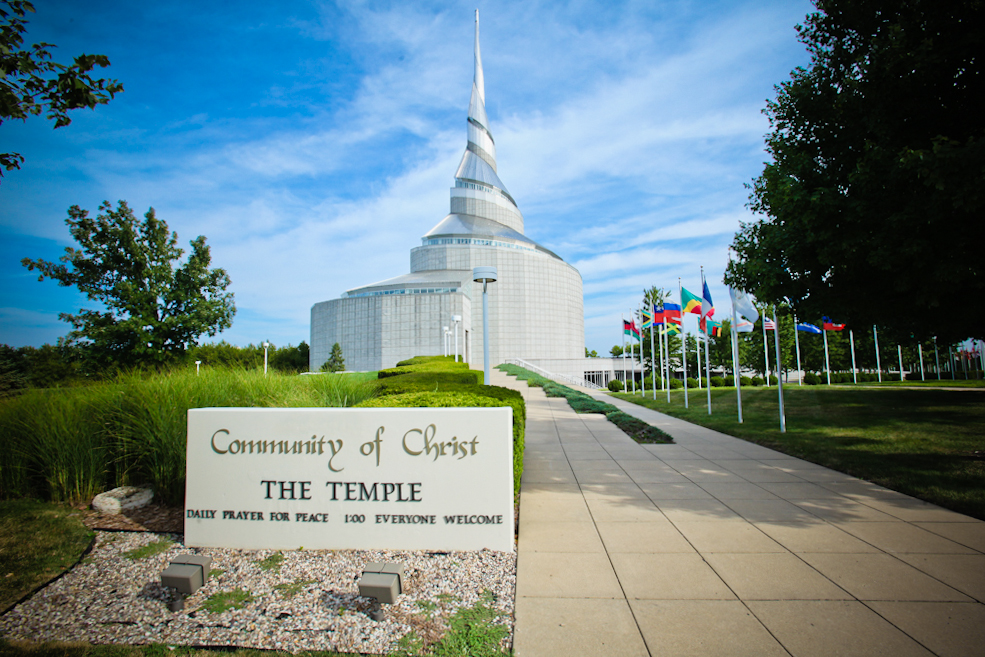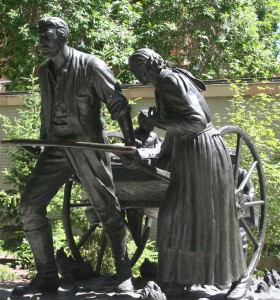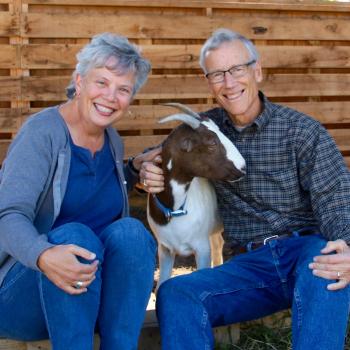Since its Broadway opening in 2011, the irreverent musical The Book of Mormon has won nine Tony Awards and set box-office records. So what did the Mormons do in response to this show that enthusiastically blasphemes nearly everything they hold sacred? Did they protest, threaten, or file lawsuits? Nope. Instead they took out ads in playbills saying, “The book is always better.”
If you think that’s an easy response to take, imagine if it was your religion, political party, or deeply held belief that was being mocked. I admire the Mormons for taking the high road in their response to the musical. Wouldn’t the world be a better place if more people followed their example when their beliefs were offended?
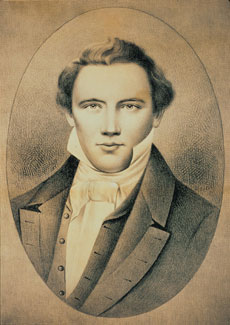
Which brings me to the topic of the day: the place where the actual Book of Mormon began. On a recent trip to upstate New York, Bob and I traveled to the region near Palmyra where the Church of Jesus Christ of Latter-Day Saints was founded by Joseph Smith, Jr.. While I’m not a Mormon, I found this to be a fascinating set of religious sites, welcoming to all people even if they’re not part of the LDS faith.
Speaking personally, these sites also raise an interesting question: what would you do if you thought you received a divine vision? Run the other way? Or share your experience with the world?
The Joseph Smith Sr. Family Historic Farm is a good place to ponder these questions. On our visit there we learned that Joseph Smith’s father brought his family here in 1816 and built a log house on the property for his wife and eight children. This was a time of great spiritual fervor in western New York state, which was called the “Burned Over District” because of its many religious revivals. The family’s fifth child, Joseph, Jr., was deeply interested in religious matters and struggled to understand the competing claims of various denominations. In 1820 Smith went to a grove of trees near his home and prayed for an answer to the question about which faith he should join. There he received a vision that he had been chosen to found a new church and build up God’s kingdom on earth—the first of a series of revelations he received throughout his life.
We toured the Smith homestead with two Mormon missionaries, young women from Utah who patiently answered our questions and asked a few of their own relating to our beliefs. When they heard we were not Mormon, they continued to treat us with kindness and respect, telling us the story of Joseph Smith’s life but not pressing us to convert.
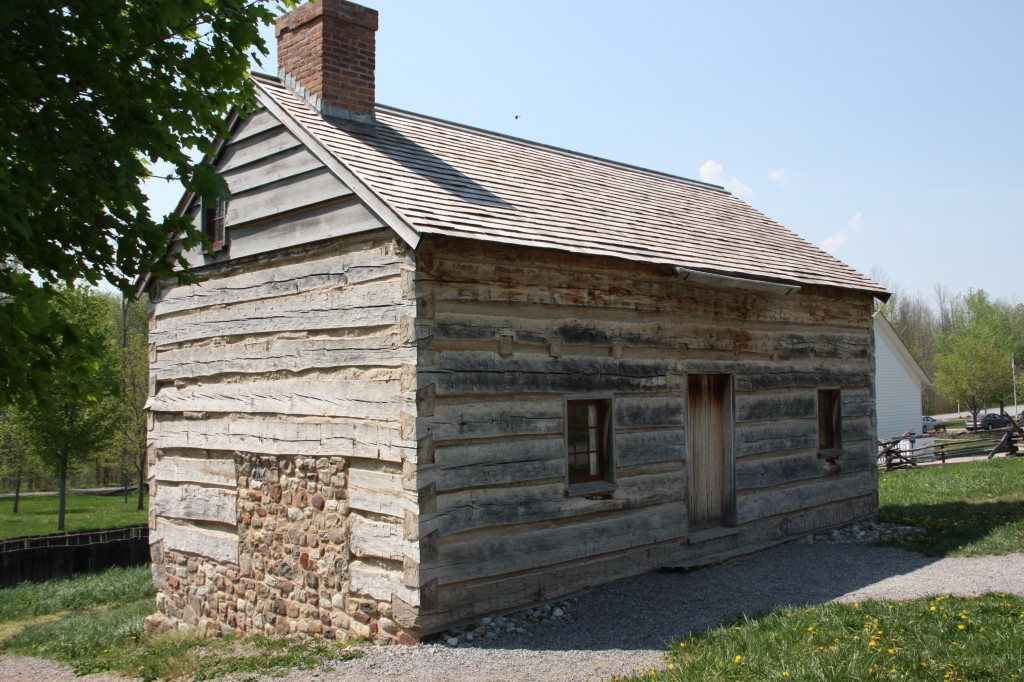
With its split-rail fences, green pastures, and historic buildings, the acreage made it easy to imagine how it was in the days when Joseph Smith lived here. Two homes occupy the site: the first is a log home similar to the one originally built by the Smith family, and the second is a larger house where Joseph Smith lived from the time he was 19 to 22 years old.
To me the most intriguing part of our tour came when we entered the stand of woods known as the Sacred Grove, which is where Smith received his most significant visions. I liked the fact that we were allowed to wander on our own through the grove with no guides at our side. In fact, they invited us to stay as long as we wished in the woods, and said they hoped we would make our own connection to the divine in that holy place.
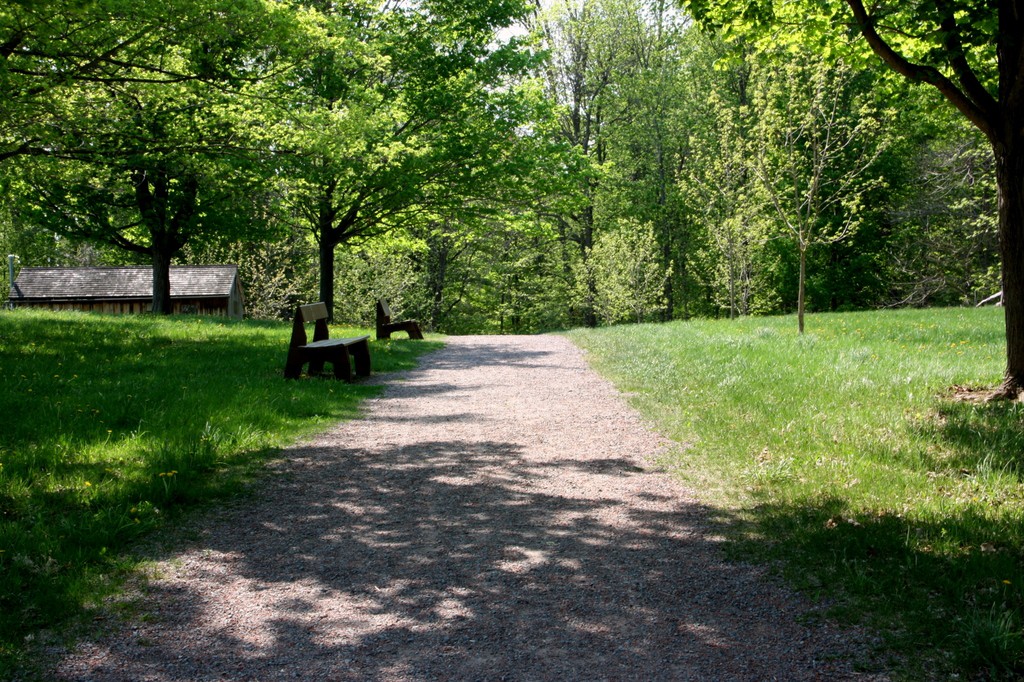
There were only a handful of other people wandering in the grove that afternoon. Sunlight filtered through the leaves of the trees and the air was filled with birdsong. I agreed with our guides that this is still a place for inspiration, particularly for those of us who find the outdoors more full of God’s presence than any human-made structure.
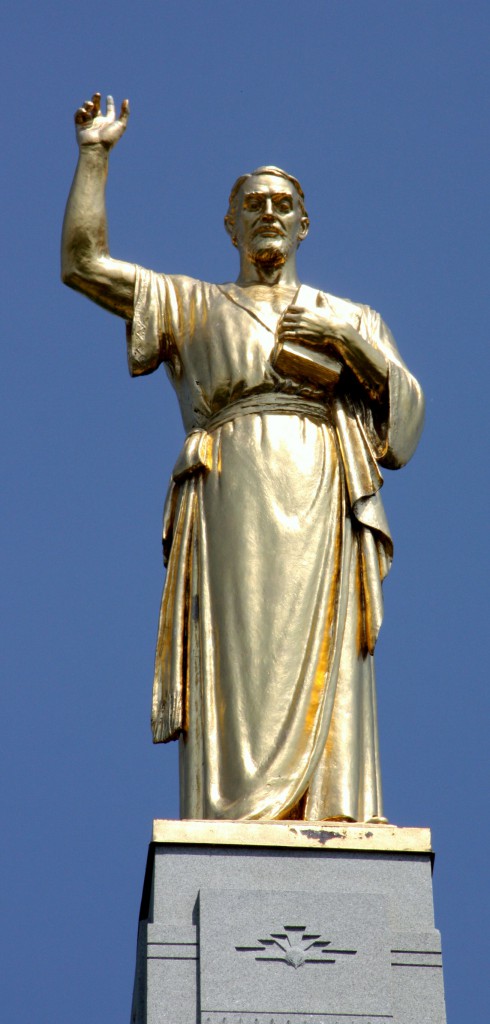
A short drive took us to the Hill Cumorah Visitors Center, where we learned about the next chapter in Joseph Smith’s life. It was here that he is said to have been given a set of gold plates by the angel Moroni in 1827. Smith translated and published the text, which became the Book of Mormon. Displays at the visitor center gave us an overview of the remarkable growth of the church founded by Smith. Today the LDS Church has 15 million members, with more than half of them living outside the U.S.
Each July, this spot is the site of the Hill Cumorah Pageant, one of the world’s largest outdoor theatrical productions. First staged in 1937, the free production has grown to include more than 700 volunteers each year, who portray scenes from the Bible and the Book of Mormon. Elaborate costumes and special effects, plus recorded music by the Mormon Tabernacle Choir, make this an impressive spectacle, which is attended by more than 90,000 people during its seven-night run.
Finally, we headed to the small town of Palmyra, where we toured the Book of Mormon Publication Site. In 1830, the Book of Mormon was first printed and sold here. A handsome brick building houses reproductions of the original press, bindery and bookstore owned by publisher Egbert B. Grandin. (Though we didn’t have time to tour them, other Mormon sites in the area include the Peter Whitmer Farm, where the LDS Church was formally organized in 1830, and the Fayette Chapel and Visitors Center.)
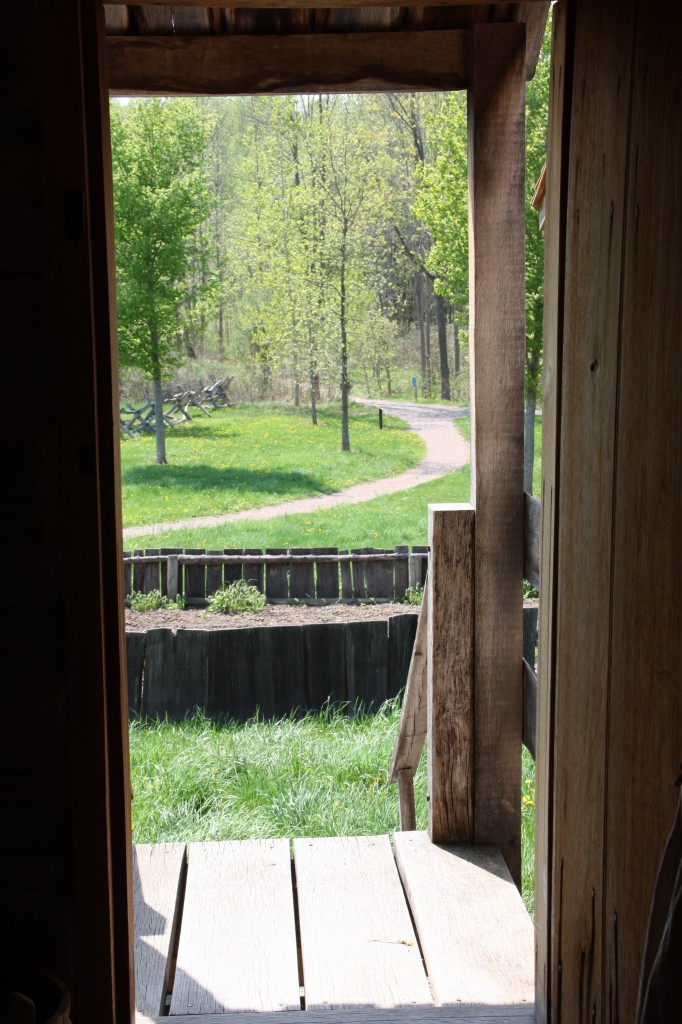
In thinking back to our tour of these Mormon sites, I keep coming back to the Sacred Grove. It made me think of other places I’ve visited where people are believed to have received divine messages, from Mount Sinai in Egypt to the street corner in downtown Louisville, Kentucky, where Thomas Merton had his mystical vision. It’s a curious thing to visit these sites, which are both so ordinary and so extraordinary. We can only observe from a distance someone else’s spiritual experience, but walking in their footsteps can give us a hint of what might be possible for us.
I remember standing at the open door of the Smith home, looking out into the Sacred Grove. What happened on that spring day in 1830 when Joseph Smith wandered amid the trees? And what would I do if I received such a vision myself? Dear Readers, would you want to step through that mystical door?
Let me end with this: one day I hope to see the musical The Book of Mormon (for though I have great respect for religions in all their permutations, I also love a good satire). When I do, I expect to enjoy the humor, but I hope I’ll also remember the kindness and hospitality of the people who led us on our tour of the Mormon sites around Palmyra.
Most of all, I hope to remember the Sacred Grove, dappled by sunlight and filled with birdsong, a place of inspiration for spiritual seekers of all faiths.
If You Go: The Mormon sites are clustered around the town of Palmyra, which is located east of Rochester and north of the Finger Lakes Region. Admission to the sites and to the Hill Cumorah Pageant is free.


